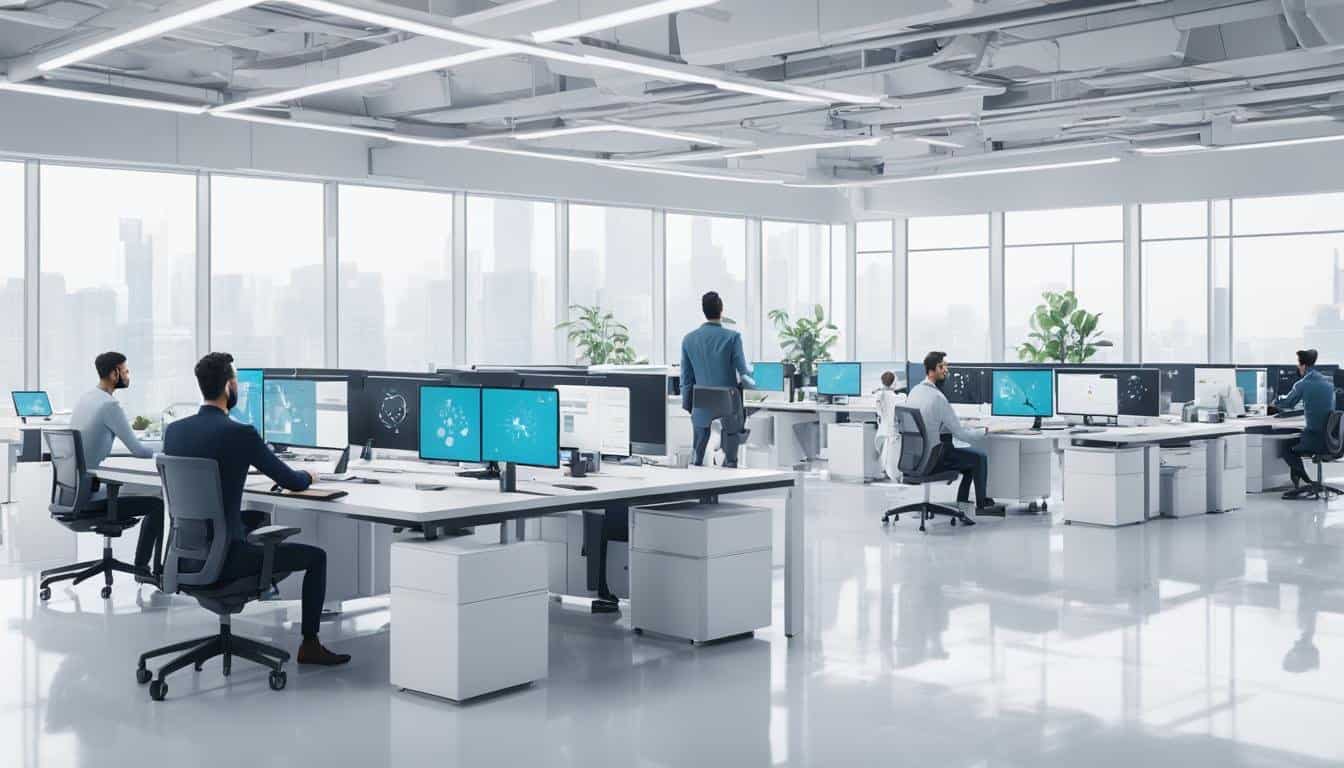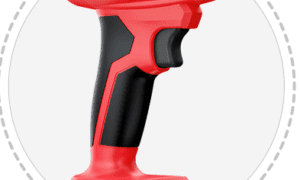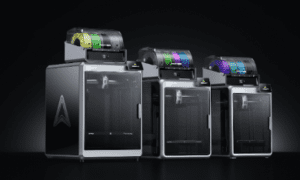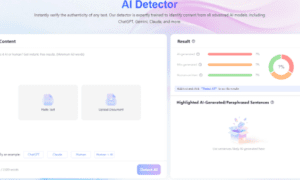Artificial Intelligence (AI) is transforming the way we work and live, helping individuals and businesses optimize productivity while maintaining a healthy work-life balance. From automating repetitive tasks to providing real-time insights, AI-driven tools are enabling professionals to focus on higher-value activities, reducing stress and improving overall well-being. But can AI truly help us strike the right balance between work and personal life? Let’s explore how AI is shaping modern workflows and daily routines.
The Growing Need for Work-Life Balance
With the rise of remote work and digital connectivity, the boundaries between professional and personal life have become increasingly blurred. Many professionals find themselves working beyond traditional office hours, leading to burnout and reduced efficiency. AI offers promising solutions by automating time-consuming tasks, streamlining workflows, and enabling smarter decision-making, allowing individuals to dedicate more time to personal well-being and leisure activities.
AI’s Role in Productivity Enhancement
AI-powered tools are revolutionizing workplace productivity by handling mundane tasks that consume valuable time. Virtual assistants, for example, can schedule meetings, manage emails, and set reminders, reducing the cognitive load on employees. Moreover, AI-driven analytics can assess workload distribution and provide recommendations to optimize schedules, ensuring that employees do not overwork themselves.
Additionally, professionals looking to stay ahead in their careers are increasingly seeking ways to upgrade their AI skills to leverage these technological advancements effectively. By learning how to integrate AI tools into their workflows, they can enhance efficiency while maintaining a better work-life balance.
AI and Smart Time Management
One of the most effective ways AI contributes to work-life balance is through intelligent time management. AI-powered calendar apps analyze user behavior and suggest optimal meeting times, helping to prevent scheduling conflicts. These tools also prioritize tasks based on urgency and importance, allowing professionals to focus on critical work while setting aside time for relaxation.
AI-driven chatbots and virtual assistants also play a significant role in reducing workload by handling customer inquiries, automating administrative tasks, and even assisting in project management. By automating these processes, employees can allocate more time to high-impact activities and personal commitments.
AI in Personal Well-Being
Beyond the workplace, AI is enhancing personal well-being by offering tailored solutions for health and relaxation. Wearable fitness trackers powered by AI monitor physical activity, sleep patterns, and stress levels, providing personalized recommendations for a healthier lifestyle. AI-based meditation and mindfulness apps help individuals manage stress, promoting mental well-being in a fast-paced world.
Similarly, AI-powered smart home devices contribute to work-life balance by automating household chores, adjusting lighting for relaxation, and even playing calming music based on mood analysis. These innovations make disconnecting from work and enjoying quality personal time easier.
The Role of AI in Writing and Content Creation
For professionals in content-driven roles, AI is proving to be a game-changer. AI writing assistants are helping writers generate high-quality content efficiently, reducing the time spent on brainstorming and editing. These tools can suggest ideas, correct grammatical errors, and even optimize content for SEO, allowing professionals to focus on more strategic aspects of their work while maintaining a balanced schedule.
Potential Challenges and Considerations
Despite its numerous benefits, AI adoption for work-life balance is not without challenges. Over-reliance on AI tools can sometimes lead to decreased human oversight, potentially affecting creativity and critical thinking. Additionally, concerns about data privacy and AI biases need to be addressed to ensure ethical and effective use of these technologies.
To maximize the advantages of AI without compromising personal engagement, individuals and businesses must use AI as a supportive tool rather than a complete replacement for human decision-making. Finding the right balance in AI implementation ensures that productivity gains do not come at the cost of personal fulfillment and well-being.
Final Thoughts
AI is undoubtedly reshaping the modern work environment, offering powerful tools to enhance productivity and support personal well-being. By automating repetitive tasks, improving time management, and providing insights into work habits, AI enables professionals to maintain a healthier work-life balance. However, the key lies in using AI strategically—leveraging its benefits while ensuring human engagement remains central to both work and personal life.
As AI continues to evolve, its role in achieving work-life harmony will become even more significant, making it essential for individuals and organizations to embrace its potential wisely. By doing so, we can create a future where technology enhances both productivity and personal well-being, allowing us to thrive in an increasingly digital world.



































